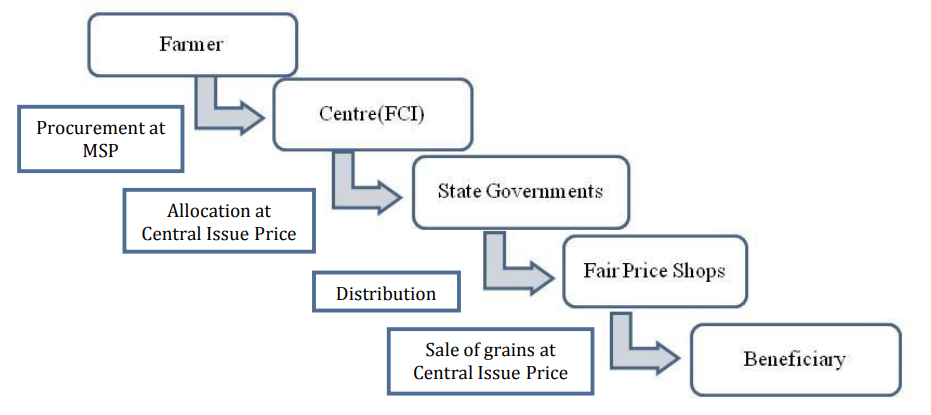7667766266
enquiry@shankarias.in
October 16 is observed as World Food Day every year by the United Nations Food and Agriculture Organisation (FAO).
The public distribution of essential commodities was in existence in the country during the inter-war period and its focus on distribution of foodgrains in urban scarcity areas, had emanated from the critical food shortages of 1960s.

PDS “leakages” refer to the proportion of PDS rice and wheat released by the Food Corporation of India (FCI) that fails to reach consumers and it is estimated by matching NSS data on household PDS purchases with “offtake” data of the Food Ministry.